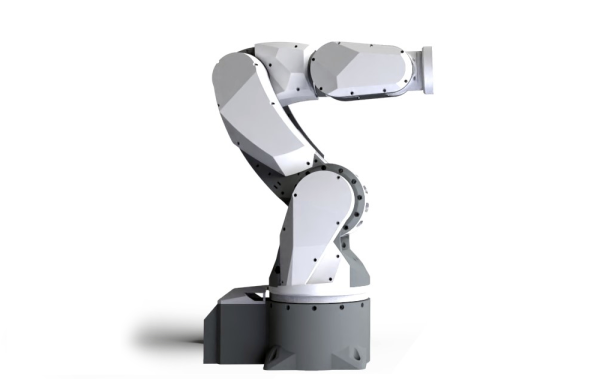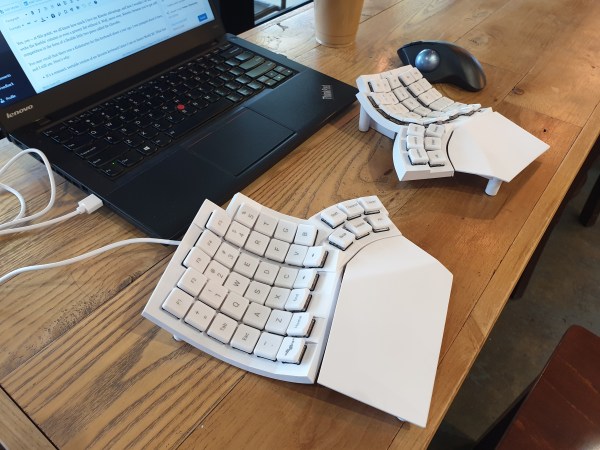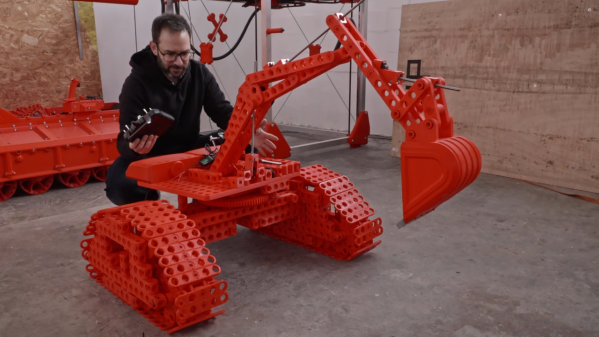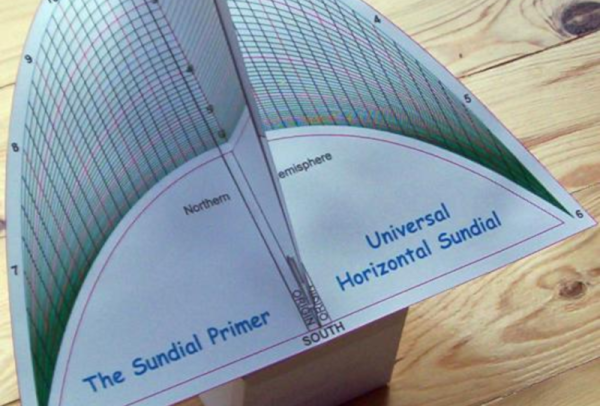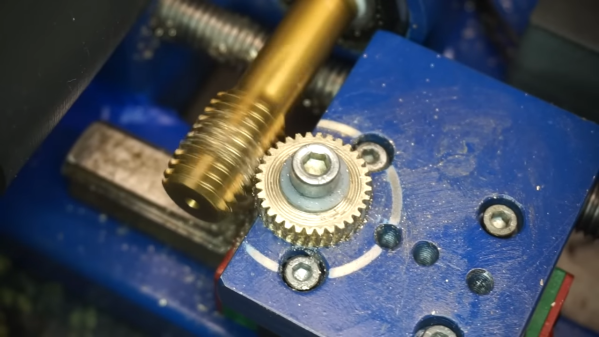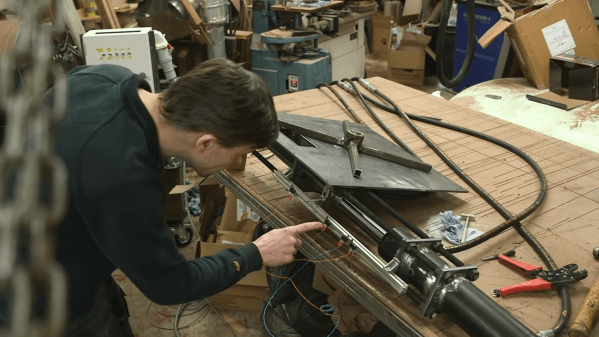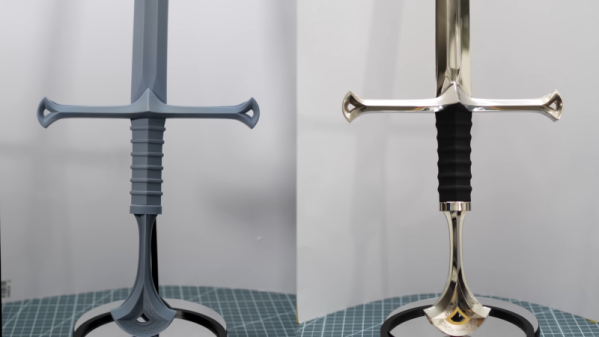ARCTOS is a 6-DOF robot arm based upon 3D printed mechanics running a modified version of GRBL firmware. Let’s get this straight now, the firmware is open source, but the hardware plans are a paid download, but for less than forty euros, we reckon the investment would be well worth it, judging from the quality of the build instructions and the software support already in place. Continue reading “Arctos Robotics: Build A Robot Arm Out Of 3D Printer Spares?”
Glove80 Keyboard Sure Fits Like One
If you’re what one might call unlucky, there comes a point in your life when you need to switch to a keyboard that’s more ergonomic than your average rectangle. A little prevention goes a long way, though, and there’s no time like the present to go ergo. Why not? You have everything to gain, from long-lasting comfort to satisfying key presses.
The only problem is that most severely ergonomic keyboards just aren’t portable. At this point, we all know how much I love my Kinesis Advantage, and how I wouldn’t be able to write the Keebin’ column or even a grocery list without it. I have two now, and I take the ugly, yellowed, sticker-bombed one with me out into the world. But as much as I love it, I would really dig a a slimmed-down version that’s just as comfortable, perhaps more so. Well, move over, Kinesis, because you’ve got stiff competition in the form of a flexible little two-piece called the Glove80.
You may recall that there was a Kickstarter for this keyboard about a year ago. I was pumped about it then, and I still am. Here’s why:
Giant 3D Printed Excavator Is Awesome, But Needs Work
Many of us adored big construction machinery as children. Once we got past the cute, tiny age, it became uncool to gasp with shock and awe at diggers and bulldozers for some reason . [Ivan Miranda] still digs the big rigs, though, and built himself a giant 3D printed excavator that looks like brilliant fun.
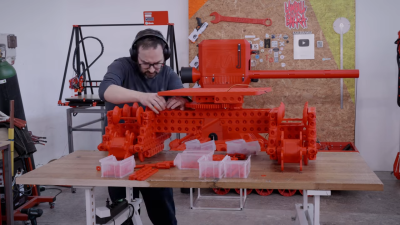
The overall build is quite slow, and more than a little fragile. It’s not quite ready for hardcore digging tasks. In reality, it’s serving as a test bed for [Ivan]’s 3D-printed building blocks that get better every time we see them. Video after the break.
Continue reading “Giant 3D Printed Excavator Is Awesome, But Needs Work”
Sundial Collection Is 2D Printed
We see a lot of clocks, and many of the better ones have some 3D printed elements to them. But [Carl Sabanski] shows us his kits for making sundials for either hemisphere using a conventional printer (you know, one that puts ink on paper), some styrofoam, and possibly some other materials like wire coat hangers, threaded rods, thumbtacks, glue, and different papers like transparencies or card stock.
In all, there are 21 different kinds of sundials. Some are pretty standard-looking fare, but there are others, like the pinwheel equatorial sundial or the cycloid polar sundial, which might be surprising. One even uses a CD as a kind of indicator.
Cut Your Own Gears With This DIY Machine
You can buy gears off the shelf, of course, and get accurately machined parts exactly to your chosen specification. However, there’s something rugged and individualist about producing your own rotating components. [Maciej Nowak] demonstrates just how to produce your own gears with a homemade cutting tool.
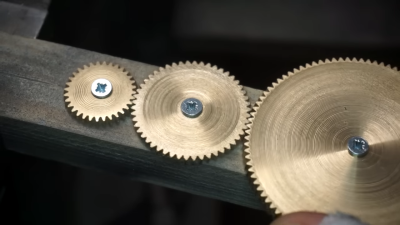 The cutting tool for the job is an M16 machine tap, chosen for the smaller flutes compared to a hand tap. This makes it more suitable for cutting gears. It’s turned by a belt driven pulley, run by a small motor. The workpiece to be cut into a gear is then fed into the cutting tool by sliding on a linear bearing, with its position controlled by a threaded rod. The rod can be slowly turned by hand to adjust the workpiece position, to allow the gear teeth to be cut to an appropriate depth.
The cutting tool for the job is an M16 machine tap, chosen for the smaller flutes compared to a hand tap. This makes it more suitable for cutting gears. It’s turned by a belt driven pulley, run by a small motor. The workpiece to be cut into a gear is then fed into the cutting tool by sliding on a linear bearing, with its position controlled by a threaded rod. The rod can be slowly turned by hand to adjust the workpiece position, to allow the gear teeth to be cut to an appropriate depth.
The method of action is simple. As the tap turns it not only cuts into the workpiece, but rotates it on a bearing as well. By this method, it cuts regular teeth into the full circumference, creating a gear. Obviously, this method doesn’t create highly-complex tooth shapes for ultimate performance, but it’s more than capable of creating usable brass and steel gears for various purposes. The same tool can be used to cut many different sizes of gear to produce a whole geartrain. As a bonus, the resulting gears can be used with M16 threads serving as worm gears, thanks to the pitch of the tap.
If you find yourself needing to produce tough metal gears on the regular, you might find such a tool very useful. Alternatively, we’ve explored methods of producing your own sprockets too, both in a tidy manner, and in a more haphazard fashion. Video after the break.
Impressive Sawdust Briquette Machine
When you are a life long carpenter with an amazing workshop, you’re going to make a lot of saw dust, and managing its collection and storage poses quite a challenge. [Russ] from [New Yorkshire Workshop] built an impressive Briquette press to handle the problem.
It’s a hydraulic press that ingests saw dust and spits out compressed briquettes ready for fueling his rocket mass heater. The build starts with a batch of custom, laser cut steel parts received from Fractory. The heart of the machine is a 300 mm stroke hydraulic cylinder with a beefy 40 mm rod. The cylinder had to be taken apart so that the laser cut mounting flanges could be welded, slowly so as not to deform the cylinder. The intake feed tube was cut from a piece of 40 mm bore seamless tube. A window was cut in the feed tube and funnel parts were welded to this cutout. The feed tube assembly is then finished off with a pair of mounting flanges. The feed tube assembly is in turn welded to the main feed plate which will form the base of the saw dust container. The hydraulic cylinder assembly is mated to the feed tube assembly using a set of massive M10 high tensile class 10.9 threaded rods. The push rod is a length of 40 mm diameter mild steel bar stock, coupled to the hydraulic cylinder using a fabricated coupling clamp. On the coupling clamp, he welded another bracket on which a bolt can be screwed on. This bolt helps activate the limit switches that control the movement of the hydraulic cylinder and the feed motor. Continue reading “Impressive Sawdust Briquette Machine”
Electroplated 3D Printed Sword: Shiny!
We all want to 3D print metals, but the equipment to do that is still beyond most home workshops. However, [HEN3DRIK] takes resin 3D-printed items and electroplates them. Might not be as good as printing in metal, but it sure looks metallic. As you can see in the video below, the sword looks like it was crafted from highly-polished steel.
The sword comes out in four pieces. He repeats several times that sanding is the key because you must have flat surfaces. Using sandpaper and steel wool, he worked the parts to a fine finish. The parts assemble along an M8 threaded rod to form a whole. The next step was to electroplate with copper.

